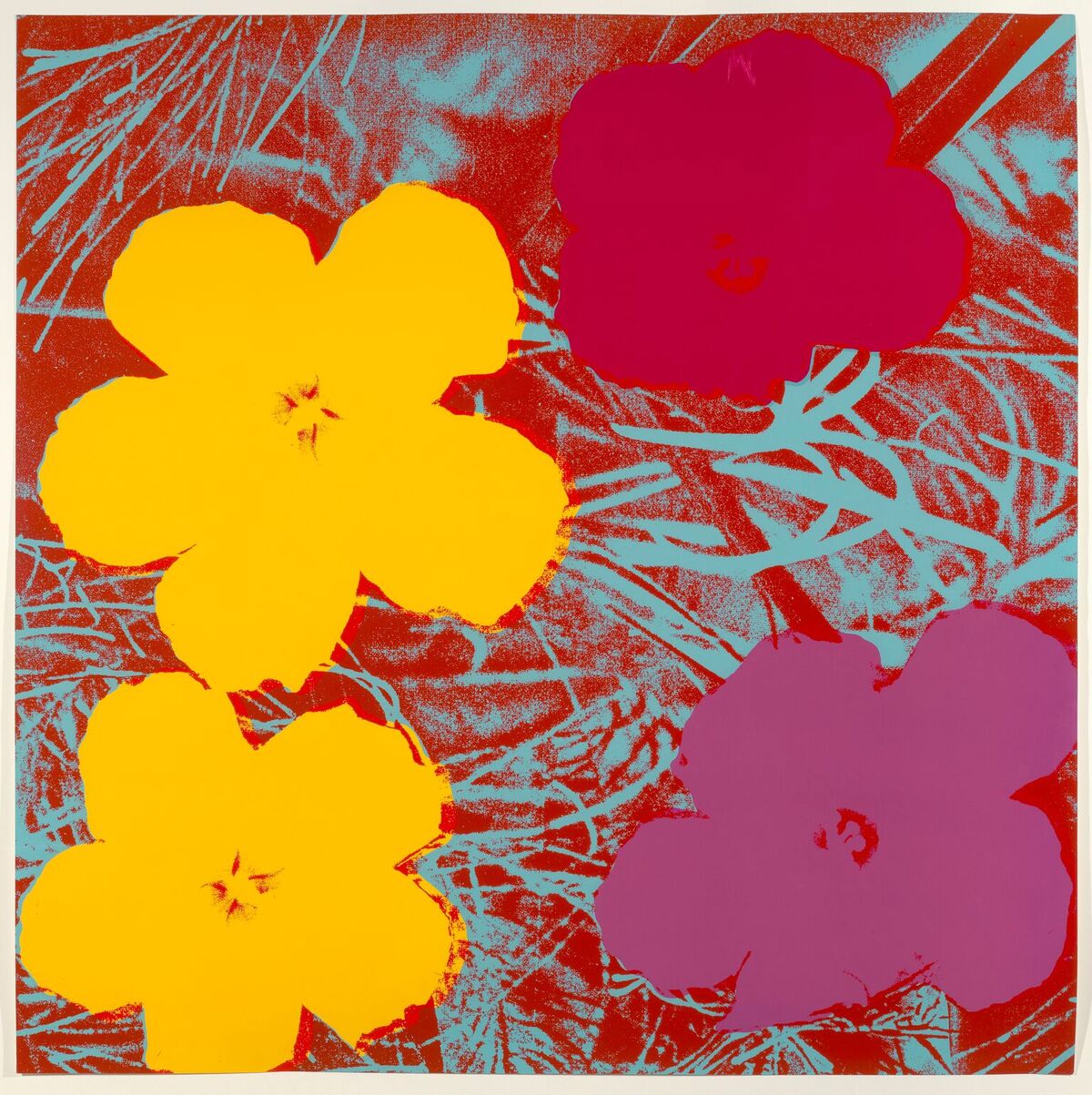You won’t find any flappers here.
Instead, “Youth and Beauty: Art of the American Twenties” focuses on images of everyday life, as interpreted by 68 artists, including Edward Hopper, Georgia O’Keefe and Thomas Hart Benton.
Curated by the Brooklyn Museum’s Teresa Carbone, it’s now on display at the Dallas Museum of Art (DMA).
“They were looking at the world in a new way,” says DMA Associate Curator Sue Canterbury. “Many of them had been practicing abstract art before World War I, but in the Twenties, they turned to figural art.”
They were using art to grapple with the direction in which life and society were moving. In an era of mechanization, industrialization and urbanization, their art became a coping mechanism. “These were new spins on old topics,” she says. “Many of them were interested in folk art of the early 19th century.”
Perhaps most striking of all the paintings are two still-lifes by Gerald Murphy, an ex-pat aesthete, flaneur and bon vivant who, thinly-disguised by Scott Fitzgerald as Dick Diver in “Tender Is the Night,” is credited with inventing the French Riviera during the mid-1920s.
It’s safe to say he also invented Pop Art back then, decades before Warhol or Lichtenstein. His “Razor” and “Cocktail” in this exhibit are excruciatingly precise examinations of masculinity and lifestyle. Indeed, Art in America magazine, in a 1974 review of a retrospective exhibit of his work at the Museum of Modern Art, hailed him as “an astonishingly original, witty and prophetic painter.”
“Razor” focuses on a carefully composed trio of safety razor, Parker pen and safety matches – accoutrements that were de rigueur for any modern master of the 1920s. “Cocktail” lays out the martini shaker and glass, with cherry and deconstructed lime.
Like Konrad Cramer, he was inspired by older forms of art. “Murphy looked to the folk art trade signs and Kramer was just looking at folk art,” Canterbury says.
Murphy was, in short, out in front of most Americans in what was surely the most modern decade in the nation’s history.
For more on “Youth and Beauty,” go to http://www.dm-art.org/
[slideshow id=602]


